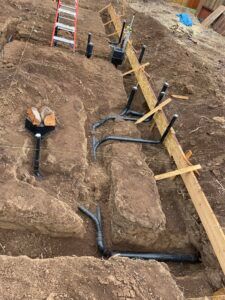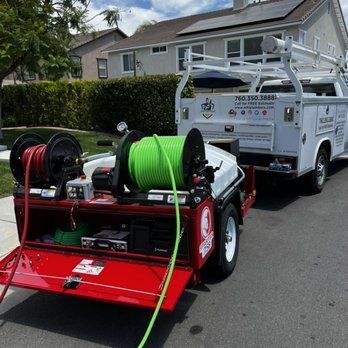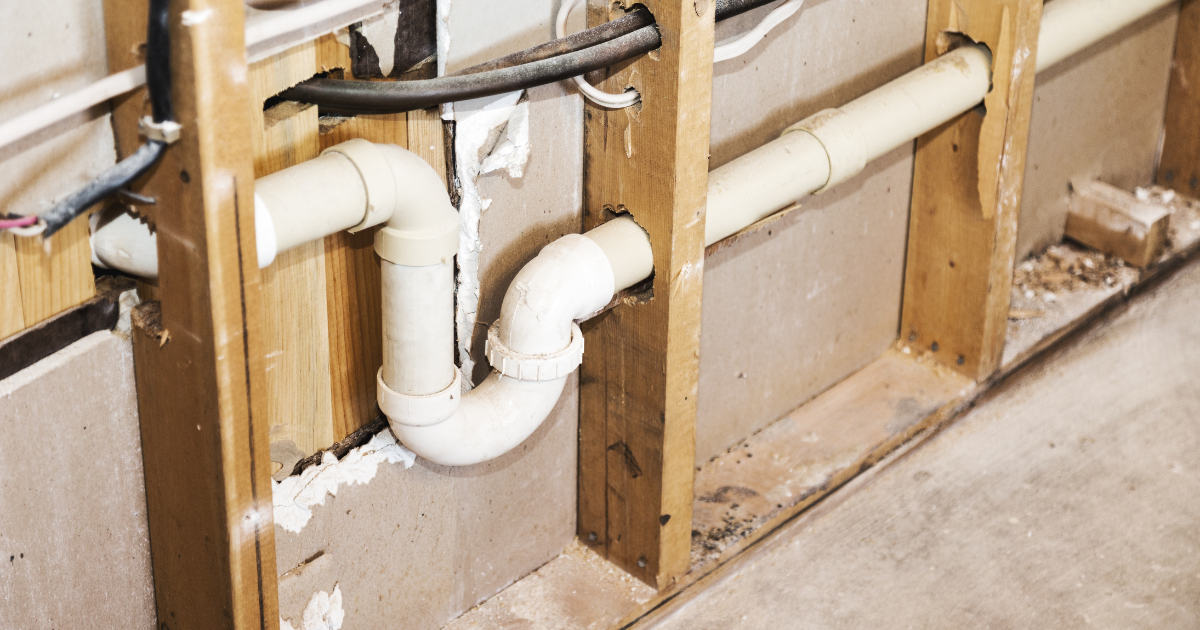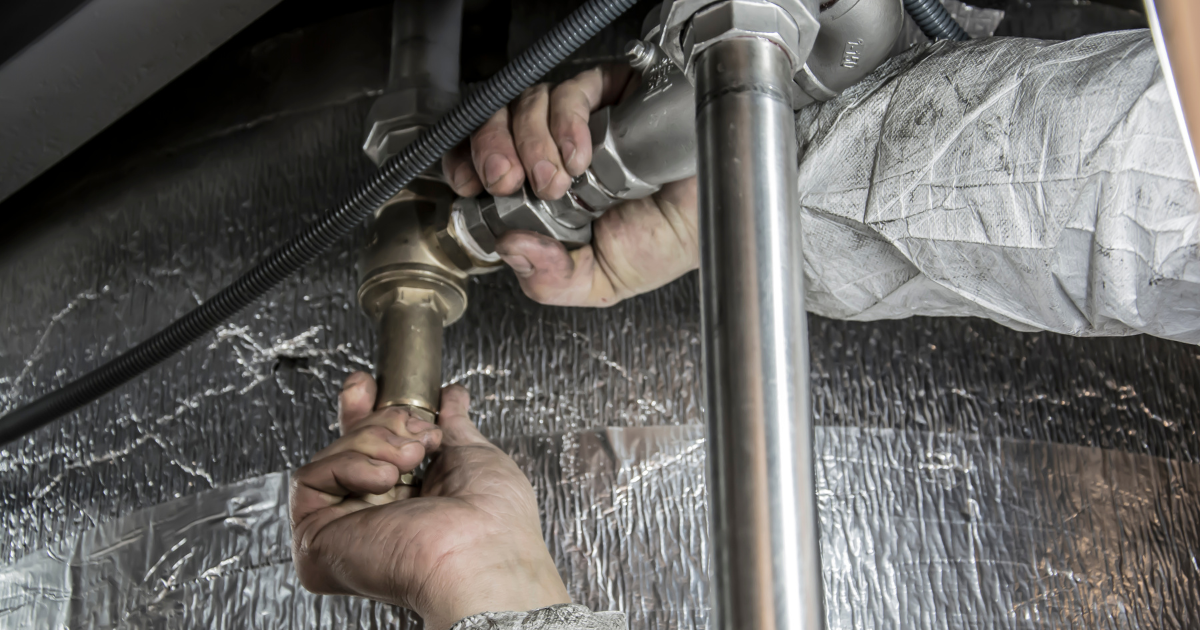What is Hydro Jetting and How Does it Help?

Underground Sewer System
Hydro Jetting Sanitary Sewer
Hydro Jetting Sanitary Sewer is a must! Homes are getting older and older as the years go by and hydro jetting is an effective way to keep your drains safe. Your house begins to settle and things around it settle to, one of them being your sewer line. If the contractor did not compact the soil properly your sewer line will settle along with the earth.
It begins to flatten out as time passes. Before you know it you have “bellies” flat spots and problems start to arise. As you use your plumbing debris starts to collect in these low spots then later becoming a flow issue. Most of the time these low spots are correctable by digging up and installing new piping.
Other options would be to have a routine jetting every 6-9 months depending on issue. Hydro jetting is a highly effective method of cleaning pipes using high-pressure water jets to blast away debris, grease, and other build up. The water pressure is strong enough to push everything out of the pipes and flush it out to the street, septic tank, or grease trap, leaving the pipes clear and unblocked.
This method is preferred by many professionals and businesses as it is environmentally friendly and eliminates the need for harsh chemicals. This can also help extend the lifespan of your pipes and prevent costly repairs down the line. Be mindful of what you pour down your drains. Avoid pouring grease, oils, and other fatty substances down the drain. These can solidify and cause blockages in the pipes. Instead, dispose of them properly in the trash.
Regular inspections of your sewer lines can also help identify potential issues before they become major problems. A professional plumber can use a camera to inspect your pipes and identify any cracks, leaks, or blockages. Taking proactive steps to maintain your sewer pipes is crucial for preventing costly repairs and disruptions to your daily life.

Spartan Hydro Jetter

Tech using the Camera to inspect drainage system
Overall, it is important to address any issues with your sewer line as soon as possible to avoid further damage and costly repairs. Regular maintenance and inspections can help prevent major issues and keep your plumbing system functioning properly. If you notice any signs of a sewer line problem such as slow drains, sewage backups, or foul odors, contact a professional plumber to assess and diagnose the issue.
Don’t wait until it’s too late and you’re faced with the mess and inconvenience of a major sewer line repair. Contact MasterCraft Plumbers today for an inspection and regular maintenance program to keep your plumbing system running smoothly.
Jetting Yard/Storm Drain
Yard/Storm drain backups can occur due to various reasons such as clogged pipes, root intrusion, or improper installation. Here are some steps that you can take to address the issue:
- Identify the source of the backup: The first step is to locate the source of the problem. Look for signs such as water pooling in your yard, foul odors, or slow draining sinks and toilets.
- Clear the clog: If the blockage is caused by debris and leaves, use a garden hose to flush out the drain. If it’s a more severe clog, try using a plumber’s snake or a drain auger.
- Remove tree roots: If the blockage is caused by tree roots, you may need to hire a professional plumber who can use a root cutter to remove the roots without damaging the pipe.
- Install a backflow valve: Install a backflow valve to prevent water from flowing back into your yard when it rains heavily.
- Maintain your drain system: Regular maintenance of your yard drain system can help prevent clogs and backups. This can include cleaning your gutters, trimming tree roots, and flushing out drains.
Remember, it’s important to address yard drain backups as soon as possible to prevent further damage to your property. If you’re unsure about how to tackle the issue, don’t hesitate to call MasterCraft Plumbers.


